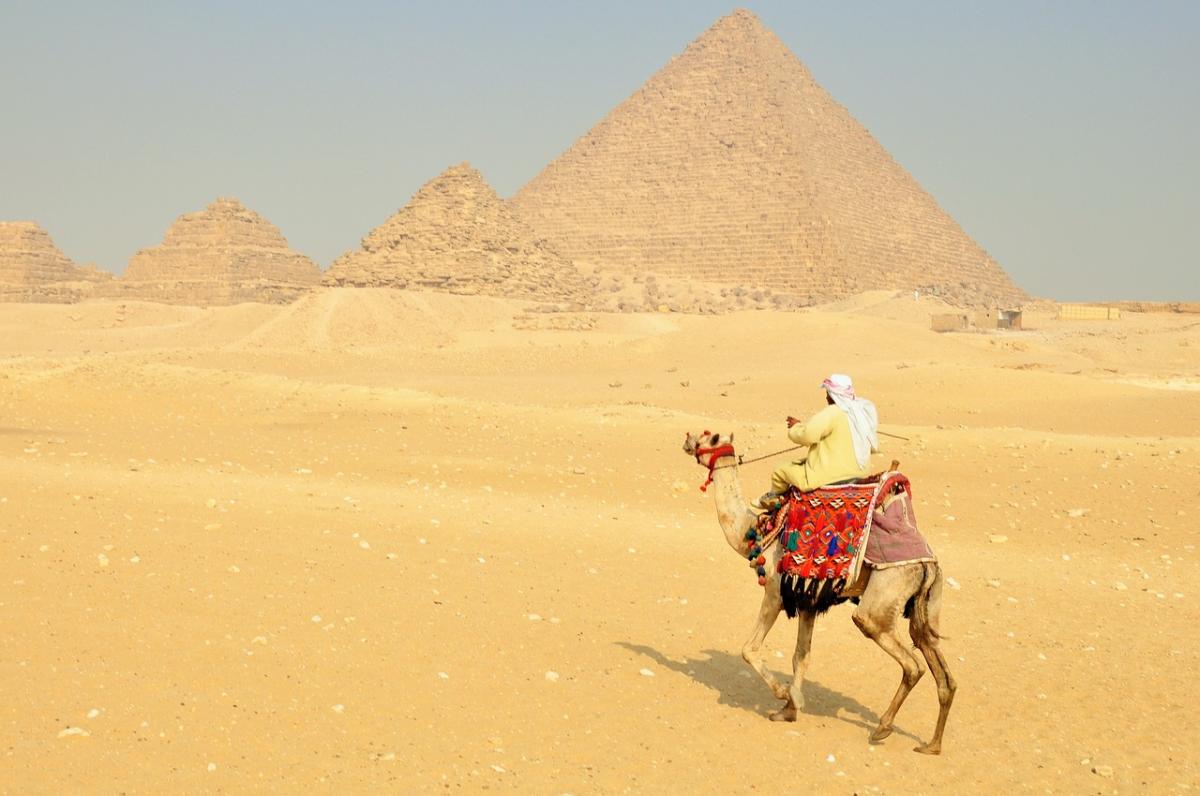
A Closer Look at the Extraordinary Giza Pyramids
The Giza Pyramids, located near Cairo in Egypt, are one of the most iconic and recognizable ancient monuments in the world. Considered a wonder of the ancient world, they are some of the oldest and largest structures ever built by humans. While there is still much debate on their exact purpose or how they were constructed, what remains clear is that these pyramids represent an impressive feat of engineering and construction. A pyramid is defined as a structure with a square base and four triangular sides that meet at one point to form its apex. In Giza Plateau near Cairo lies three massive pyramids known as The Great Pyramids - Khufu Pyramid (also known as the Great Pyramid), Khafre Pyramid (or Chephren Pyramid) , and Menkaure Pyramid (or Mykerinus). These three majestic structures have endured for centuries since their completion around 2560 BC and remain today as powerful symbols of Egyptian culture.
History of the Giza Pyramids
The construction and completion of the Giza Pyramids is an impressive feat that has been debated by scholars for centuries. The Great Pyramid, also known as Khufu’s pyramid was the largest of all three pyramids built on the plateau. It is estimated to have taken around 20 years to complete and took a large workforce including skilled stone masons, labourers and an army of workers who moved millions of tons of limestone blocks from quarries located nearby. Historians believe it was completed sometime during 2560 BC under the reign of Pharaoh Khufu, one of Egypt’s most powerful rulers.
The designs and shapes of the Giza Pyramids are distinct yet similar in many ways. All three pyramids were constructed with steep sides using precise measurements made up from triangular faces which create perfect angles at each corner when connected together forming a square base. This feature makes them incredibly unique compared to any other type or style seen elsewhere in ancient times or today across other cultures throughout history. While all three pyramids appear to be very similar in shape there are slight differences between them; Khufu’s pyramid being slightly larger than both Menkaure's and Kafre's making it stand out more prominently among its counterparts due its sheer size alone after surviving several thousand years since their completion date over 4500 ago!
Finally, building materials used for these colossal monuments show evidence suggesting they were created mainly using limestone blocks which were cut into different sizes depending on where they would fit within each structure along with mud bricks used for covering certain sections at the topmost part near their peak points leading up towards their apexes creating a smooth curved surface finish seen today when viewed from afar giving us some insight into how advanced engineering skills were during this period in time even before modern technology existed!
Myths and Legends of the Pyramids
The Odyssey and the Iliad, two of the most famous epics written by Homer, are believed to have been set in part at The Giza Pyramids. Ancient Greek mythology claims that Odysseus encountered a mystical race of people living deep within these pyramids who gave him incredible gifts and knowledge. This legend is thought to be one of the earliest references to Giza's monuments and has inspired many stories over time about their mysterious origins.
The Curse of the Mummy's Tomb is another popular myth surrounding the Great Pyramids. It tells a story of an archeologist who unwillingly unleashes a terrible curse upon himself when he discovers an ancient burial chamber beneath one of them filled with mummies and treasures from long ago. Many believe this myth was created as cautionary tale against disturbing such sacred sites which could bring forth untold dangers for those brave enough to do so!
Finally, The Legend of Pyramid Robbers recounts tales about daring adventurers attempting to steal valuable artifacts from inside these tombs only to encounter unexpected supernatural forces protecting its contents from being taken away permanently. While it’s likely these stories were based on real events involving grave robbers throughout history, they serve as powerful reminders that some places should remain untouched out respect for our ancestors and their beliefs which still linger today even after thousands years!
An Overview of the Inside of the Pyramids
The Great Pyramid of Giza is the largest and oldest pyramid in Egypt, built under the rule of Pharaoh Khufu. Inside this ancient structure lies a mysterious tomb that has captivated scientists for centuries. Located at the heart of the pyramid, it consists of two chambers-the King’s Chamber and Queen’s Chamber-connected by a long passageway known as The Grand Gallery. This grand burial chamber is believed to have been originally used to house Khufu’s mummy alongside his funeral items and treasures from his reign such as gold jewelry and ornate furniture crafted from precious metals like ebony and ivory.
The interior of Pyramid of Khafre also contains an intricate network tunnels, chambers, shafts, galleries, vents and staircases that were thoughtfully carved into its walls during its construction; many believe these features served specific purposes such as providing ventilation for those working inside or even making it easier to move around within rooms located deep below ground level! Some archaeologists suggest they also had spiritual significance as well due their alignment with various stars or constellations when viewed from outside which could represent important deities associated with gods worshipped by Egyptians during this period time in history.
In 1993 a German engineer named Rudolf Gantenbrink discovered what came to be known as “Gantenbrink’s Door” - a mysterious door-like feature found hidden behind stones at one end of The Grand Gallery leading further down into unknown depths beneath the surface. To date no one has explored beyond this point but speculation exists suggesting there may be more secrets waiting to be unlocked within these ancient pyramids yet still remain undiscovered!
Tourism and Conservation Efforts of the Pyramids
Restoring and preserving the Giza Pyramids has been a major focus of conservation efforts in recent years. The Egyptian government, UNESCO, and other international organizations have taken great strides to protect this ancient site from deterioration due to natural elements such as wind and rain over time. Restoration projects include repairing damaged sections of the pyramid’s outer walls as well as reinforcing their inner structures with modern materials like steel rods or grout injections. In addition, local communities have also become involved by raising money for preservation projects on the plateau or simply providing volunteers who help clean up debris around its perimeter.
The Giza Necropolis Site Management Project is an initiative by UNESCO that aims to create a sustainable system for monitoring and maintaining the area surrounding these pyramids along with nearby tombs located within it’s vicinity such as those belonging King Khufu (also known as Cheops) , King Menkaure (Mycerinus), Queen Hetepheres I & II, Khentkawes I & II among others too numerous to mention here! This project seeks not only preserve these monuments but also promote responsible tourism practices while protecting archaeological sites from vandalism which can be damaging both culturally historically speaking; something Egyptian authorities take very seriously indeed!
Importance of sustainable tourism in the Giza Plateau cannot be understated either - it is essential that visitors respect local laws regulations when visiting this region particularly those regarding photography taking video recordings etcetera so future generations may enjoy same experiences we do today without any damage being done due irresponsible behaviour or lack understanding towards cultures beliefs associated them making sure everyone gets chance appreciate wonders found here safely!
Conclusion
The ancient wonders of the world have captivated people for centuries, and the Great Pyramids of Giza are no exception. These awe-inspiring monuments stand as a testament to the incredible engineering capabilities of our ancestors, even before modern technology existed. The size and scale of these pyramids are impressive enough on their own; but it's the mystery that surrounds them which has kept us in wonderment all these years. From tales about mummies' curses to hidden chambers deep within, there is still much left to uncover about this majestic site!
But beyond simply being an impressive sight or source of mysterious stories, the Great Pyramids also serve as a lesson in sustainability. Properly maintaining and preserving this site requires collaboration between both local communities and international organizations like UNESCO who recognize its value culturally, historically speaking. Through responsible tourism practices we can ensure that future generations will be able to experience the same sense of amazement at these structures without damaging them or disturbing any archaeological sites located nearby either - something which should not be taken lightly when considering how fragile some places may be with regards time!
The lessons learned from studying these great monuments extend far beyond just preservation though - they offer valuable insights into what human beings can accomplish when working together towards common goals while respecting each other’s beliefs along way too! Even after thousands years passing by since their completion date back 4500 ago still stands strong today due sheer dedication put into creating them demonstrating power unity even during times conflict when looking across history books see many examples where lack cooperation resulted in failure instead progress being made so let us take this opportunity strive make difference ourselves through actions speak louder than words ever could hope for better future everyone involved here shared appreciation beauty found within ancient wonders such those found Giza Plateau Egypt!
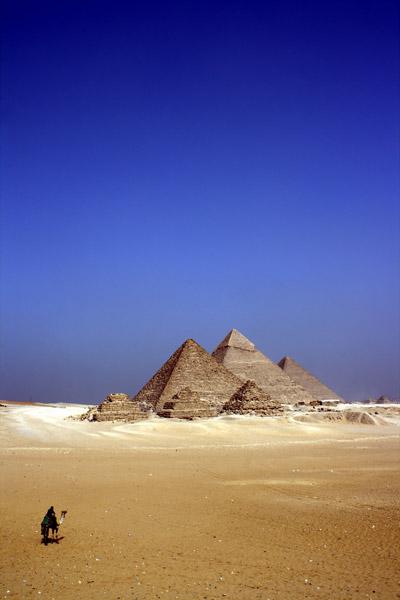
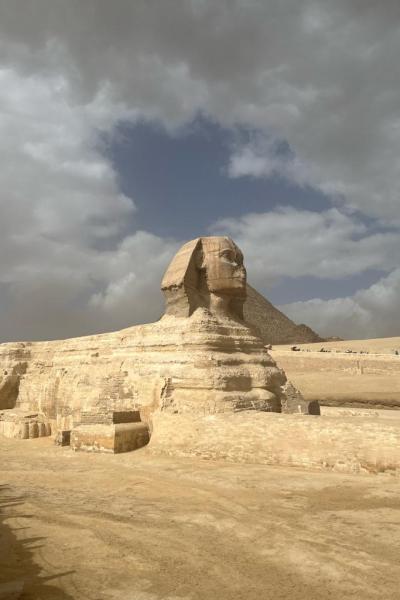
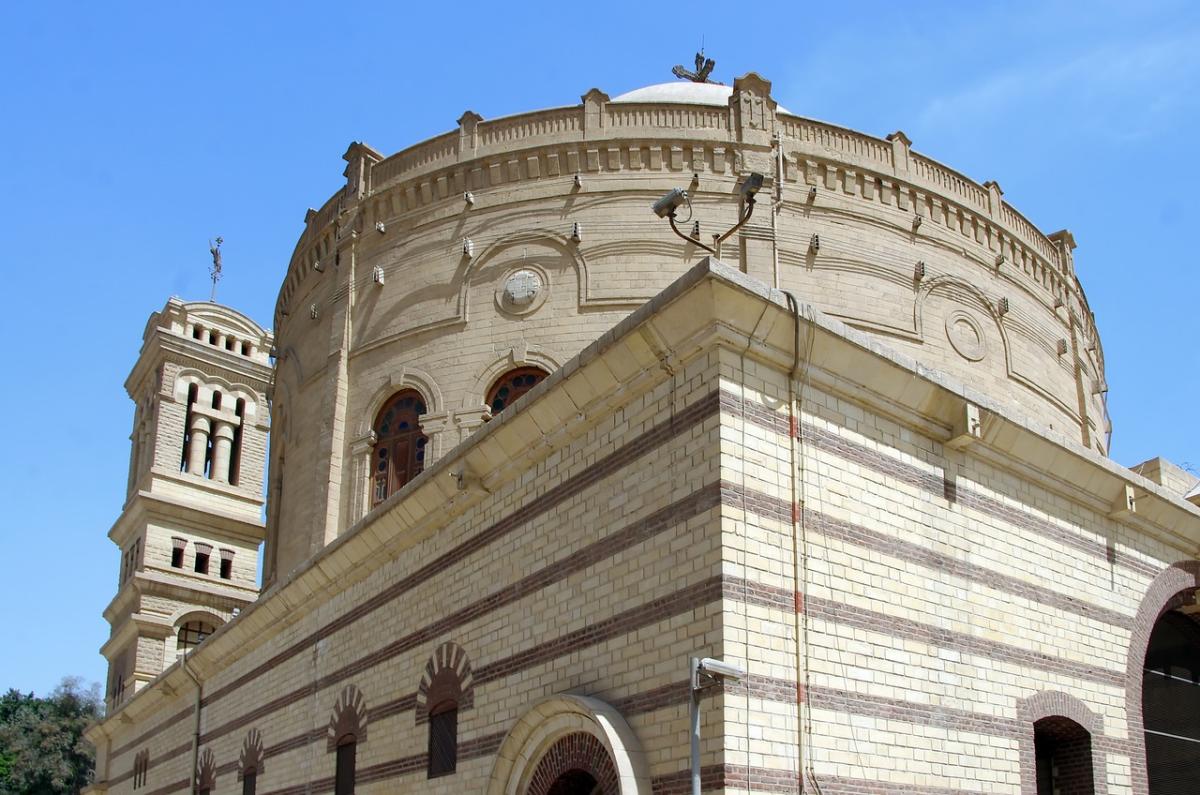
Coptic Cairo, a historic district nestled within Old Cairo, stands as a testament to Egypts rich and enduring Christian heritage. This ancient enclave, a place where Pharaonic, Greco-Roman, and Islamic cultures have intertwined, offers a profound glimpse into the spiritual and cultural legacy of one...
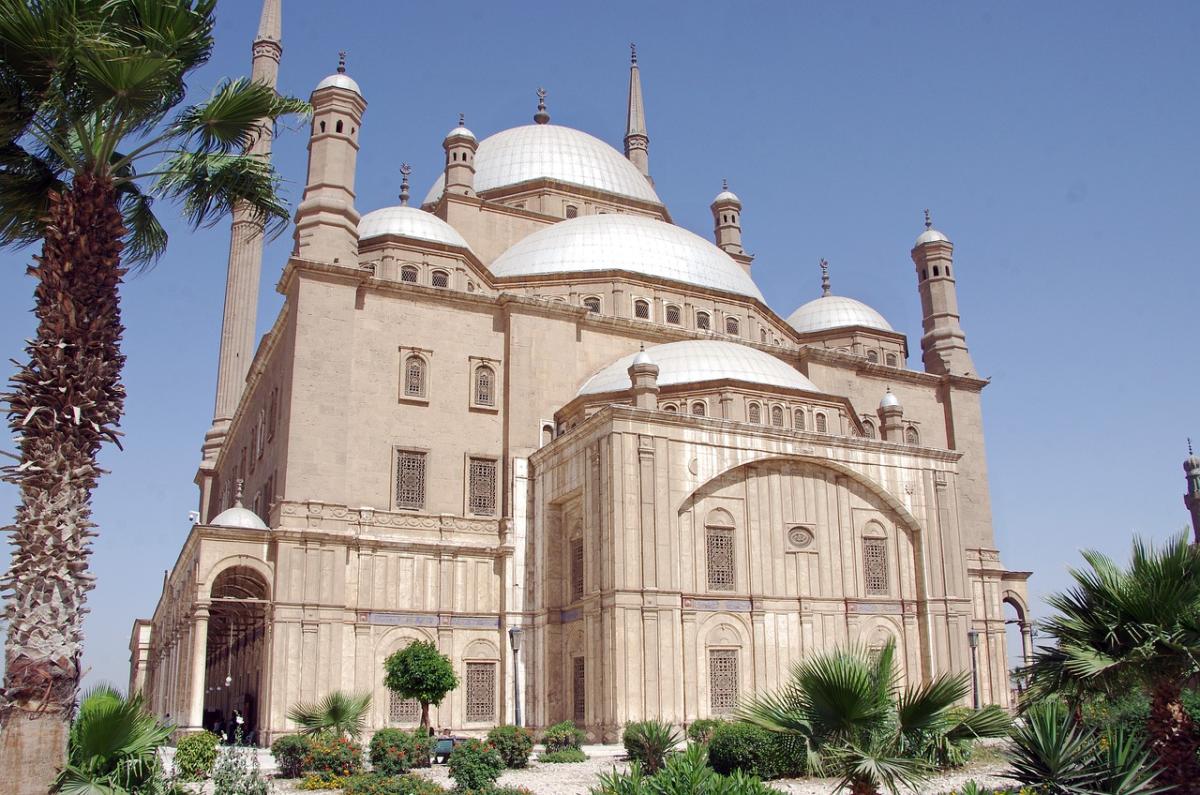
The Citadel of Cairo is an ancient fortress located in the heart of the city and one of its most iconic landmarks. Built by Salah ad-Din during the 12th century, it was used to protect Egypt from invaders and to control trade routes between East and West. The Citadel has served as a military residence,...
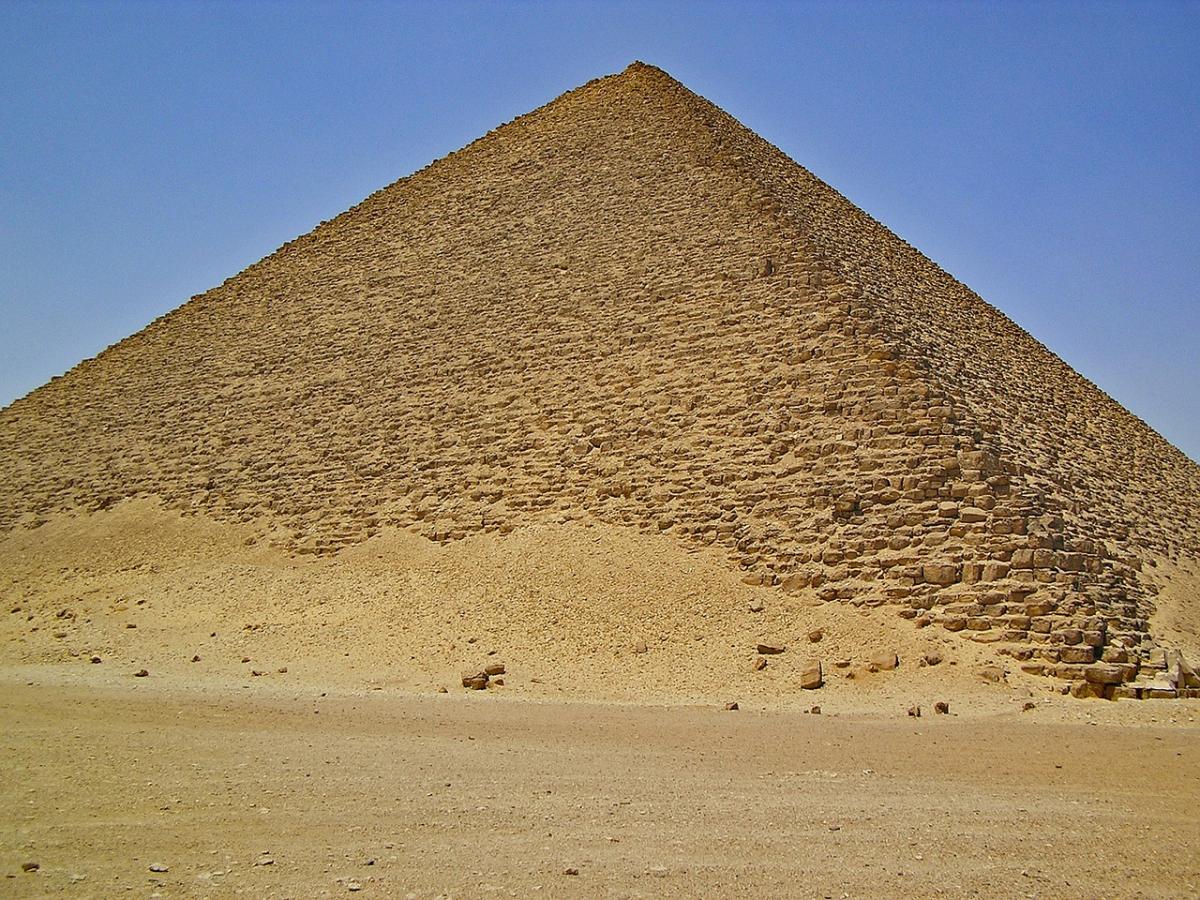
Dahshur is an ancient necropolis located in the Cairo Governorate of Egypt. It is home to two impressive pyramids, which have become iconic symbols of Ancient Egyptian architecture: The Red Pyramid and the Bent Pyramid. Built during the Fourth Dynasty, these monumental structures are among some of the...